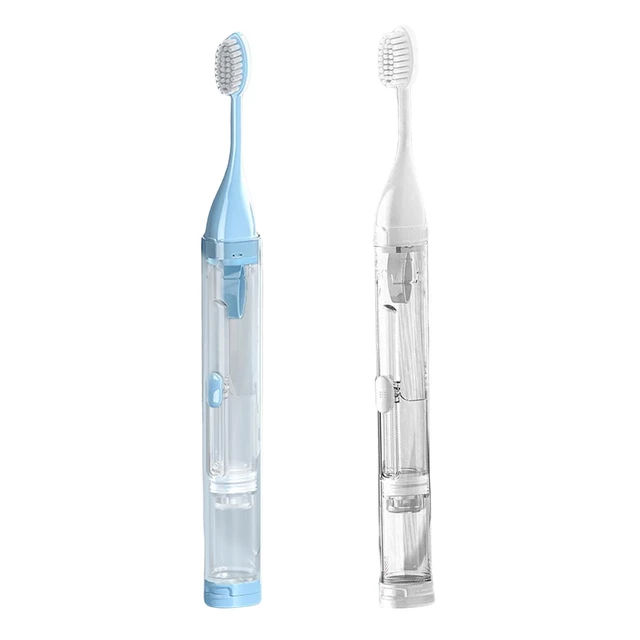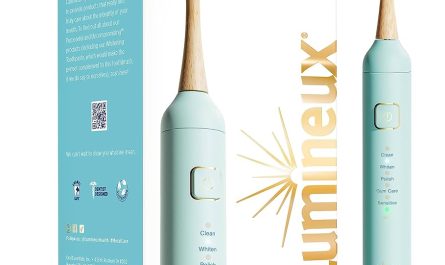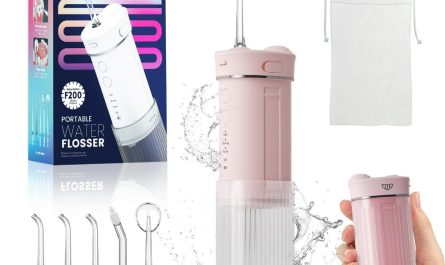Introduction:
Keeping your electric toothbrush clean and disinfected is essential for maintaining good oral hygiene and ensuring the device’s longevity. Bacteria, mold, and other microorganisms can accumulate on your toothbrush over time, potentially leading to oral infections. Disinfecting your electric toothbrush regularly helps mitigate these risks and keeps it functioning effectively. This guide provides in-depth information on the best practices for disinfecting an electric toothbrush, ensuring both its cleanliness and your oral health.
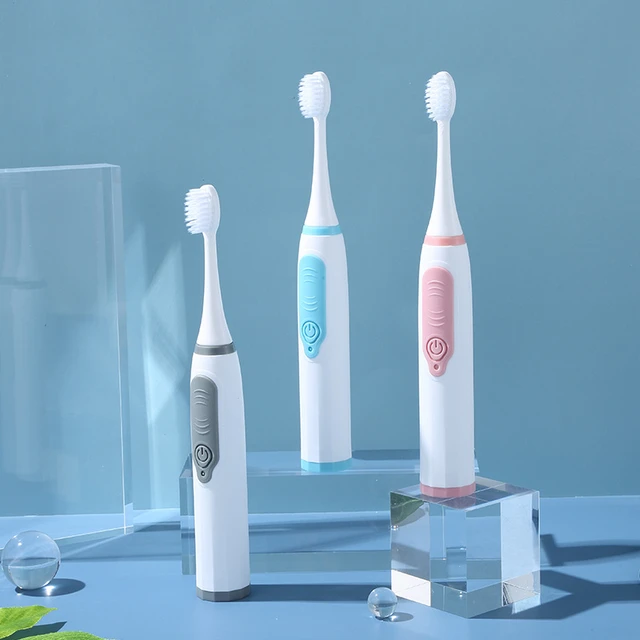
How to Disinfect an Electric Toothbrush:
What Are the Best Practices?
Regular Cleaning:
How Should You Clean Your Electric Toothbrush Daily?
Daily maintenance and cleaning play a crucial role in keeping your electric toothbrush hygienic and functioning efficiently.
Rinse Thoroughly:
After Every Use:
Remove Residue: After brushing your teeth, rinse the brush head thoroughly under warm running water. Ensure that all toothpaste and debris are washed away. This prevents residue build-up, which can harbor bacteria.
Focus on Bristles: Gently rub the bristles with your fingers while rinsing to remove trapped particles. This step is essential for maintaining the cleanliness and effectiveness of the bristles.
Shake Off Excess Water:
Prevent Mold and Mildew:
Dry Properly: Shake the toothbrush head gently to remove excess water. This helps prevent the growth of mold and mildew, which thrive in moist environments. Leaving the toothbrush head damp can compromise hygiene and longevity.
Air Dry Upright:
Ensure Adequate Ventilation:
Proper Storage: Store your electric toothbrush in an upright position to facilitate air drying. Most electric toothbrushes come with a stand or holder that allows for proper ventilation. Avoid placing it in closed containers, as these can trap moisture and promote bacterial growth.
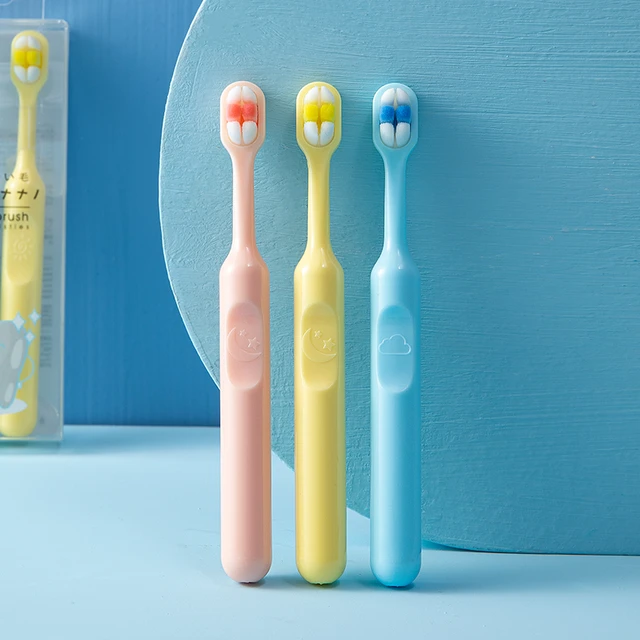
Weekly Disinfection:
What Steps Should You Follow for More Thorough Cleaning?
A weekly disinfection routine can help eliminate any bacteria that may have accumulated over time, ensuring your toothbrush remains hygienic.
Soak in Antibacterial Mouthwash:
Kill Germs:
Effective Disinfection: Once a week, soak the brush head in a small cup of antibacterial mouthwash for about 15 minutes. This process helps kill bacteria and maintain oral health standards.
Avoid Long Soaks: Do not soak the brush head for too long, as this can cause damage to the bristles. A 15-minute soak is sufficient to achieve disinfection without compromising the brush’s integrity.
Use Hydrogen Peroxide Solution:
Alternative Disinfectant:
Powerful Cleaning: As an alternative to mouthwash, you can use a solution of hydrogen peroxide. Mix equal parts hydrogen peroxide and water in a small container and soak the brush head for about 15 minutes.
Safety Measures: Hydrogen peroxide is effective at killing bacteria and viruses, ensuring a comprehensive clean. After soaking, rinse the brush head thoroughly with warm water to remove any residual hydrogen peroxide.
Clean the Handle:
Remove Grime:
Overall Hygiene: Don’t neglect the handle of your electric toothbrush. Wipe it down with a damp cloth or a disinfectant wipe weekly to remove grime, toothpaste residue, and bacteria.
Avoid Water Contact: Be careful not to get water or disinfectant into the charging ports or battery compartment, as this can damage the electric components.
Monthly Deep Cleaning:
How Can You Ensure a Comprehensive Disinfection?
Conducting a monthly deep clean helps to maintain the highest hygiene standards for your electric toothbrush.
Remove Brush Head:
Access All Areas:
Thorough Cleaning: Detach the brush head from the handle to access all parts of the toothbrush. This step is crucial for a comprehensive clean, allowing you to reach areas that daily cleaning might miss.
Clean Charging Base:
Maintain Efficiency:
Deep Clean: Wipe down the charging base with a disinfectant wipe or a cloth dampened with a solution of water and mild soap. Ensure that no moisture seeps into the charging ports.
Sanitize Storage Areas: Clean the storage stand or holder where your toothbrush rests. This prevents cross-contamination and keeps the entire device hygienic.
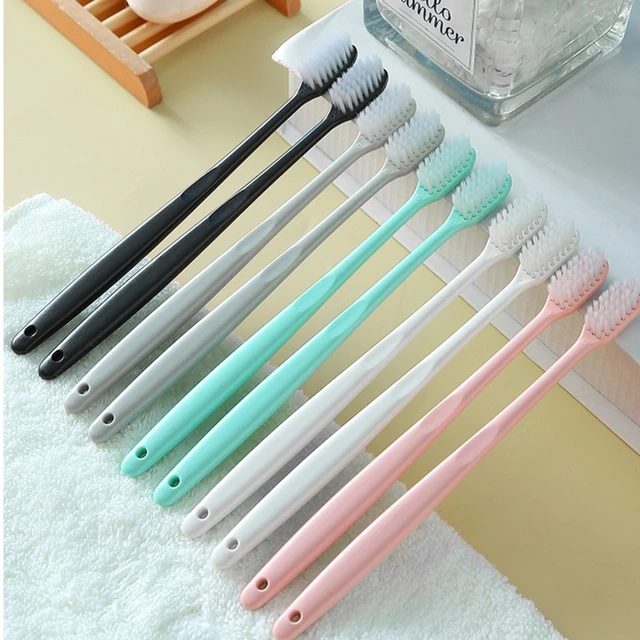
Utilize UV Sanitizers:
Advanced Disinfection:
Tech-Savvy Clean: For an advanced cleaning approach, consider using a UV sanitizer designed for toothbrushes. These devices use ultraviolet light to kill up to 99.9% of bacteria and viruses on the brush head.
Convenient and Effective: Many electric toothbrush brands offer UV sanitizing units as part of their product range. Simply place the brush head in the sanitizer and follow the manufacturer’s instructions.
Brush Head Replacement:
How Often Should You Replace Electric Toothbrush Heads?
Regular replacement of the brush head is crucial for maintaining effectiveness and hygiene.
Every Three Months:
Industry Standard:
Maintain Bristle Integrity: The American Dental Association (ADA) recommends replacing your toothbrush head every three months. Over time, bristles become frayed and less effective at cleaning teeth and gums.
Persistent Hygiene: Regular replacement ensures your brush head maintains optimal performance and hygiene standards.
After Illness:
Prevent Reinfection:
Health Precautions: If you’ve been sick, replace your toothbrush head after recovering. Residual bacteria and viruses can linger on the bristles, leading to reinfection.
Early Wear and Tear:
Assess Condition:
Visible Damage: If you notice the bristles fraying or losing their shape before the three-month mark, replace the brush head earlier. Effective cleaning is compromised when bristles are damaged.
Maintenance Tips:
How Can You Prolong the Lifespan of Your Electric Toothbrush?
Prolonging the lifespan of your electric toothbrush requires proper care and maintenance beyond regular cleaning.
Follow Manufacturer Guidelines:
Accurate Usage:
Maximize Life Span: Always follow the manufacturer’s instructions for usage and care. This includes proper charging practices and avoiding the immersion of electronic components in water.
Store Properly:
Avoid Humid Environments:
Enhanced Longevity: Store your electric toothbrush in a cool, dry place. Avoid leaving it in the bathroom if it’s prone to excessive humidity, as this can affect the electronic components.
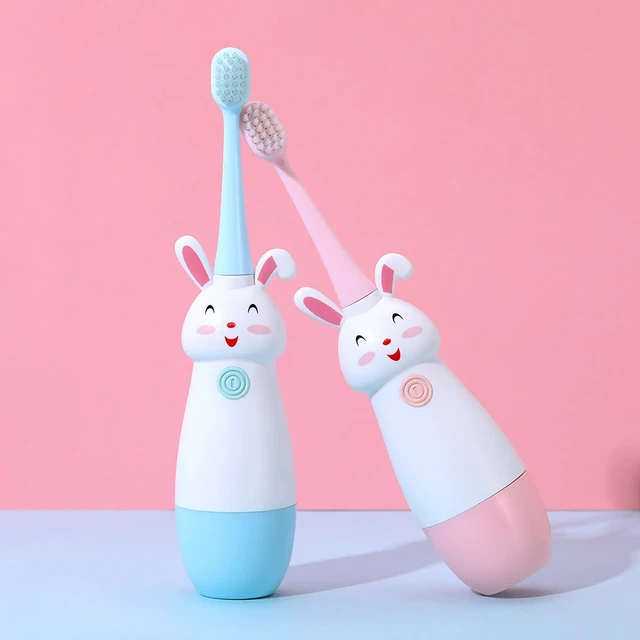
Travel Considerations:
Protective Cases:
Safe Transport: When traveling, use a protective case for your electric toothbrush. This prevents damage to the bristles and handle, maintaining hygiene and functionality.
Integrate Routine Checks:
Regular Inspections:
Catch Issues Early: Regularly inspect your electric toothbrush for any signs of wear or damage. Addressing issues early prevents potential malfunction and ensures continuous optimal performance.
Eco-Friendly Practices:
What Are Sustainable Options for Electric Toothbrush Care?
Incorporating eco-friendly practices into your electric toothbrush care can contribute to environmental sustainability.
Recyclable Brush Heads:
Sustainable Choices:
Minimize Waste: Choose electric toothbrush brands that offer recyclable brush heads. Many companies now provide recycling programs, reducing the environmental impact of discarded brushes.
Eco-Friendly Disinfectants:
Natural Cleaners:
Green Alternatives: Use eco-friendly disinfectants, such as vinegar and water solutions, for cleaning your electric toothbrush. These natural cleaners are effective and safe for the environment.
Energy-Efficient Power Usage:
Smart Charging:
Reduce Consumption: Opt for energy-efficient models and follow smart charging practices to minimize energy consumption. Many electric toothbrushes now come with energy-saving features.
Community Recycling Programs:
Responsible Disposal:
Environmental Impact: Participate in community recycling programs for electronic waste. Proper disposal of old electric toothbrushes and accessories prevents them from ending up in landfills and promotes sustainability.
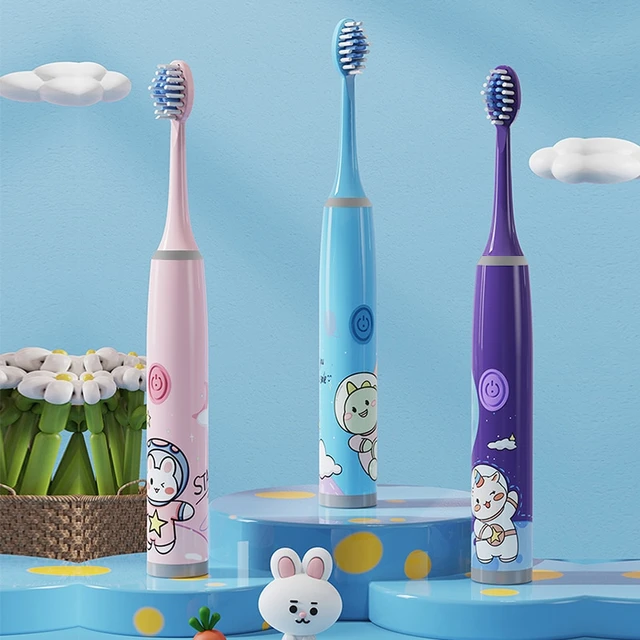
Troubleshooting Common Issues:
What Should You Do If Problems Arise?
Addressing common issues promptly ensures the continued functionality and hygiene of your electric toothbrush.
Handle Not Charging:
Battery Troubles:
Check Connections: If your electric toothbrush is not charging, inspect the charging base and handle for debris or moisture. Clean them thoroughly and ensure secure connections. If the problem persists, refer to the manufacturer’s troubleshooting guide.
Reduced Brush Performance:
Bristle Wear:
Replace Heads: If you notice a decline in brush performance, check the bristles for wear. Replacing the brush head can restore optimal cleaning efficiency. If the issue continues, consult the manufacturer for potential motor or battery replacement.
Unusual Noises:
Motor Issues:
Check for Blockages: Strange noises may indicate blockages or mechanical issues. Detach the brush head and inspect for trapped debris. Clean the area and reattach securely.
Consult Customer Support: For persistent problems, contact the manufacturer’s customer support. They can provide solutions or arrange for repairs and replacements.
Conclusion
Disinfecting and maintaining an electric toothbrush is crucial for effective oral hygiene. From daily cleaning and weekly disinfection to monthly deep cleaning and regular brush head replacement, following these best practices ensures your electric toothbrush remains hygienic and efficient. Incorporating proper care techniques, sustainable practices, and troubleshooting common issues not only prolongs the lifespan of your toothbrush but also promotes overall oral health. Regular maintenance prevents bacterial buildup and ensures your electric toothbrush continues to provide the optimal performance needed for a healthy smile.

